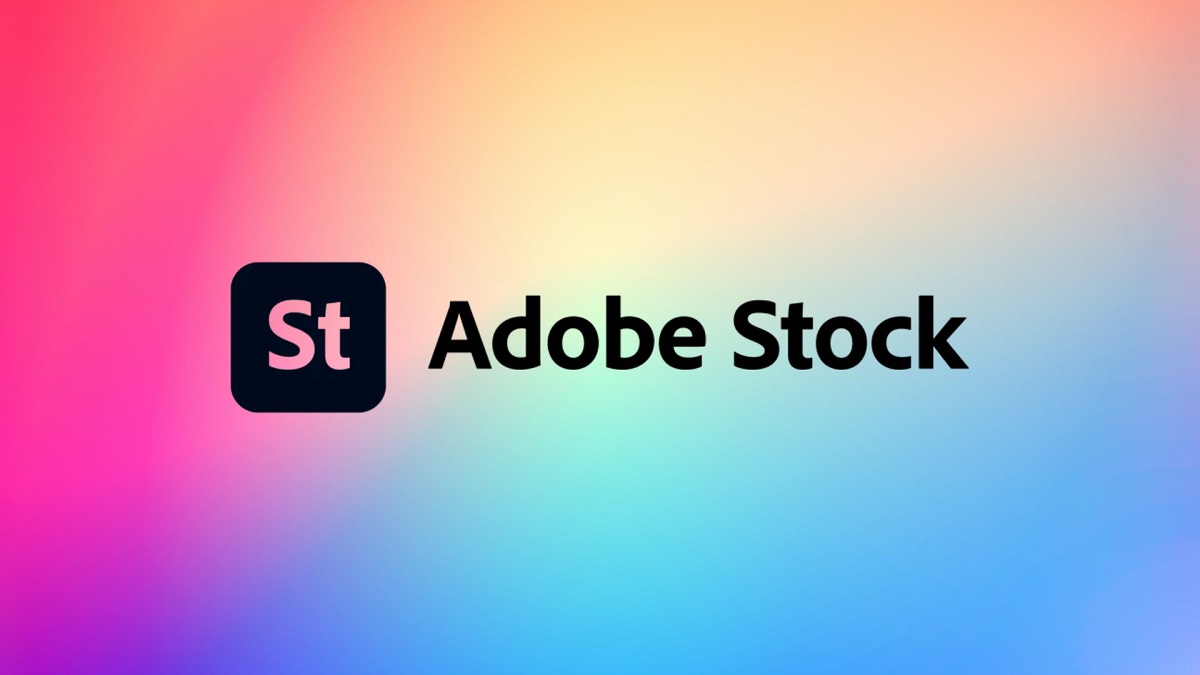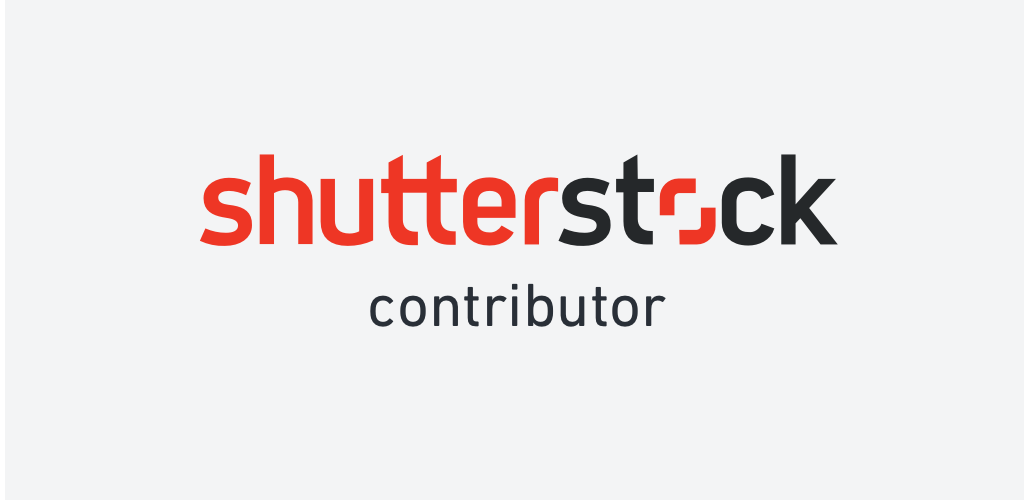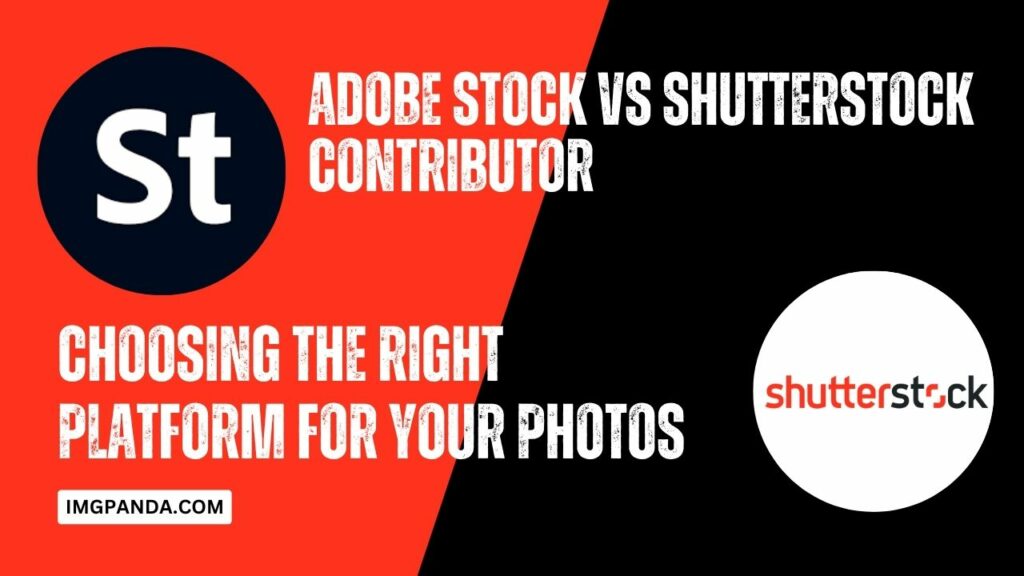Photographers today are blessed with a multitude of platforms to showcase and monetize their work, two of the most prominent being Adobe Stock and Shutterstock Contributor. These platforms provide photographers with the opportunity to reach a global audience and earn revenue from their photos. However, with so many options available, choosing the right platform can be a crucial decision for photographers looking to maximize their earnings and exposure.
In this blog post, we'll provide a brief overview of Adobe Stock and Shutterstock Contributor, highlighting their key features and benefits for photographers. Additionally, we'll delve into the importance of selecting the right platform, considering factors such as commission rates, licensing options, reach, and support. By understanding the differences between these platforms and evaluating their suitability for individual needs, photographers can make informed decisions to optimize their success in the competitive world of stock photography.
Adobe Stock: Platform Overview

Background and History of Adobe Stock
- Adobe Stock is a stock photography service offered by Adobe, one of the leading software companies in the world.
- Launched in 2015, Adobe Stock was integrated into Adobe's Creative Cloud suite, allowing users seamless access to a vast library of high-quality images directly within Adobe applications like Photoshop, Illustrator, and InDesign.
- Adobe Stock grew rapidly, leveraging Adobe's extensive user base and the integration with its creative software to become one of the most popular stock photography platforms globally.
Features and Benefits for Contributors
- Seamless Integration: Adobe Stock offers contributors the convenience of uploading and managing their content directly within Adobe's creative software, streamlining the workflow for photographers.
- Global Reach: With millions of users worldwide, Adobe Stock provides contributors with access to a vast audience of potential buyers, increasing the visibility and exposure of their work.
- High-Quality Standards: Adobe Stock maintains rigorous quality standards, ensuring that only the highest quality images are accepted into its library. This commitment to quality enhances the reputation of contributors and increases the likelihood of their photos being licensed.
Licensing Options and Revenue Potential
- Adobe Stock offers contributors two primary licensing options:
- Royalty-Free (RF) licenses, where customers pay a one-time fee to use the image multiple times, for various purposes, without additional royalties.
- Extended licenses, which allow for additional usage rights beyond the standard RF license, such as unlimited print runs or use in merchandise.
- Contributors earn a commission for each image licensed, with commission rates varying based on factors such as the contributor's level and whether the license is standard or extended.
- Adobe Stock provides contributors with transparent reporting and analytics tools to track their earnings and optimize their portfolio for better performance and revenue potential.
Also Read This: Uploading Photos to Foap from Your Computer
Shutterstock Contributor: Platform Overview

Background and History of Shutterstock Contributor
- Shutterstock Contributor is the contributor platform of Shutterstock, a leading global provider of high-quality stock photography, videos, and music.
- Founded in 2003, Shutterstock has grown into one of the largest and most recognized stock media platforms in the world, serving millions of customers in over 150 countries.
- Shutterstock Contributor was launched to allow photographers and creators to upload and sell their content directly to Shutterstock's vast customer base.
Features and Benefits for Contributors
- Global Reach: With its extensive customer base and worldwide presence, Shutterstock provides contributors with access to a large and diverse audience, increasing the exposure and potential sales of their content.
- Easy Upload Process: Shutterstock Contributor offers a straightforward and user-friendly interface for uploading and managing content, allowing contributors to quickly and efficiently submit their photos, videos, and illustrations.
- Flexible Licensing Options: Shutterstock offers a range of licensing options for customers, including standard and enhanced licenses, as well as subscription plans. This flexibility allows contributors to cater to different customer needs and maximize their revenue potential.
Licensing Options and Revenue Potential
- Shutterstock offers contributors two primary licensing options:
- Standard licenses, where customers pay a one-time fee to use the image for various purposes, such as web, print, or social media.
- Enhanced licenses, which provide additional usage rights beyond the standard license, such as unlimited print runs or use in merchandise.
- Contributors earn a commission for each image licensed, with commission rates varying based on factors such as the contributor's level and the type of license purchased by the customer.
- Shutterstock provides contributors with detailed analytics and reporting tools to track their earnings and performance, allowing them to optimize their portfolio and maximize their revenue potential.
Also Read This: Can I use iStock photos on my website? Navigating the usage rights for web content.
Comparing Adobe Stock and Shutterstock Contributor
Content Submission Process:
- Adobe Stock:
- Content submission to Adobe Stock is integrated seamlessly within Adobe's Creative Cloud suite. Contributors can upload their images directly from Adobe applications like Photoshop, Illustrator, and Lightroom.
- The submission process is streamlined and user-friendly, with Adobe providing guidance and support to ensure that images meet their quality standards.
- Shutterstock Contributor:
- Shutterstock Contributor offers a dedicated platform for content submission, accessible through the Shutterstock Contributor website or mobile app.
- Contributors can upload photos, videos, and illustrations directly to the platform, with tools and resources available to help optimize metadata and keywording for better discoverability.
Commission Rates and Payment Structures:
- Adobe Stock:
- Adobe Stock offers contributors a tiered commission structure based on their level of sales. Higher sales volumes result in higher commission rates.
- Contributors typically earn between 20% to 60% of the revenue generated from their licensed images, depending on their sales tier.
- Shutterstock Contributor:
- Shutterstock Contributor offers a fixed commission rate for all contributors, with variations based on the type of license and the customer's subscription plan.
- Contributors typically earn between 15% to 40% of the revenue generated from their licensed images, depending on the license type and the customer's subscription plan.
Reach and Audience Demographics:
- Adobe Stock:
- Adobe Stock benefits from its integration with Adobe's Creative Cloud suite, providing access to millions of users worldwide who use Adobe software for their creative projects.
- The platform appeals to a diverse audience of creatives, designers, marketers, and businesses across various industries.
- Shutterstock Contributor:
- Shutterstock boasts a vast and diverse customer base, with millions of users worldwide, including designers, advertisers, publishers, and media professionals.
- The platform's extensive reach spans across multiple industries and geographical regions, offering contributors the opportunity to reach a broad and diverse audience.
Quality Control and Review Processes:
- Adobe Stock:
- Adobe Stock maintains rigorous quality standards for submitted content, with images subjected to a thorough review process before being accepted into the library.
- Contributors receive feedback and guidance from Adobe to ensure that their images meet the platform's quality and technical requirements.
- Shutterstock Contributor:
- Shutterstock Contributor employs a team of reviewers to assess the quality and suitability of submitted content. Images must meet Shutterstock's quality guidelines and technical specifications to be accepted.
- Contributors receive feedback on their submissions and have the opportunity to make necessary adjustments before resubmitting rejected content.
By comparing these aspects of Adobe Stock and Shutterstock Contributor, photographers can make informed decisions about which platform aligns best with their goals and preferences for showcasing and monetizing their work.
Also Read This: Best Crypto Twitter Accounts to Follow in 2023
Factors to Consider When Choosing a Platform
Personal Goals and Objectives:
- Consider your overarching goals and objectives as a photographer. Are you looking to maximize your earnings, reach a specific target audience, or gain exposure for your work? Understanding your priorities will help you align them with the features and offerings of each platform.
Portfolio Niche and Specialization:
- Evaluate the niche or specialization of your photography portfolio. Some platforms may cater better to specific genres or themes, such as travel photography, nature, lifestyle, or business. Choose a platform that aligns with your portfolio's strengths and target audience.
Licensing Terms and Revenue Potential:
- Review the licensing terms and commission structures offered by each platform. Compare factors such as commission rates, payment thresholds, and exclusivity requirements. Consider which platform offers the most favorable terms and revenue potential for your content.
User Experience and Support Resources:
- Assess the user experience and ease of use of each platform's contributor interface. Look for platforms that offer intuitive submission processes, robust analytics tools, and responsive customer support. Consider the availability of resources such as tutorials, forums, and educational materials to help you navigate the platform effectively.
By carefully considering these factors, photographers can make informed decisions about which platform aligns best with their goals, portfolio specialization, and preferences for licensing terms and user experience. Ultimately, choosing the right platform can help photographers maximize their success and achieve their objectives in the competitive world of stock photography.
Also Read This: Imago Stock Photos: Stunning Website Content
Case Studies or Testimonials
Insights from Photographers who have Used Both Platforms:
- Hear from photographers who have firsthand experience with both Adobe Stock and Shutterstock Contributor. Gain insights into their experiences, preferences, and the factors that influenced their choice of platform.
- Learn about the benefits and challenges they encountered when uploading and selling their content on each platform.
- Understand how their earnings, reach, and overall satisfaction compare between Adobe Stock and Shutterstock Contributor.
Success Stories or Challenges Faced on Each Platform:
- Explore success stories from photographers who have achieved significant milestones or recognition through their contributions to Adobe Stock and Shutterstock Contributor.
- Discover how photographers overcame challenges or obstacles they encountered while navigating each platform, such as content rejection, algorithm changes, or competition.
- Gain valuable lessons and tips from photographers who have successfully leveraged the features and opportunities offered by Adobe Stock and Shutterstock Contributor to grow their portfolios and earnings.
By delving into case studies and testimonials from photographers who have used both platforms, you can gain valuable insights and perspectives to inform your decision-making process. Learn from real-world experiences and experiences to make informed decisions about which platform best aligns with your goals, preferences, and expectations as a photographer.
Conclusion
In conclusion, choosing the right platform for your photos is a crucial decision that can significantly impact your success as a photographer. Let's recap the key points discussed in this blog post and offer some tips for making an informed decision.
Recap of Key Points:
- We explored the features and benefits of Adobe Stock and Shutterstock Contributor, two leading platforms for photographers to showcase and monetize their work.
- Factors such as the content submission process, commission rates, reach, audience demographics, licensing options, and quality control were compared between the two platforms.
- We highlighted the importance of considering personal goals, portfolio specialization, licensing terms, revenue potential, user experience, and support resources when choosing a platform.
- Case studies and testimonials provided insights into the experiences, successes, and challenges faced by photographers who have used both Adobe Stock and Shutterstock Contributor.
Tips for Making an Informed Decision:
- Define your goals and objectives as a photographer to align them with the features and offerings of each platform.
- Consider your portfolio niche and specialization to choose a platform that caters to your strengths and target audience.
- Evaluate the licensing terms and revenue potential offered by each platform to maximize your earnings and protect your intellectual property.
- Assess the user experience and support resources of each platform to ensure a seamless and positive experience as a contributor.
- Seek insights from photographers who have firsthand experience with both platforms to gain valuable perspectives and recommendations.
Final Thoughts on Choosing the Right Platform for Your Photos: Choosing between Adobe Stock and Shutterstock Contributor ultimately depends on your unique preferences, goals, and priorities as a photographer. Both platforms offer valuable opportunities for showcasing and monetizing your work, but it's essential to carefully evaluate their features, terms, and user experiences to make the best decision for your individual needs. By considering the key factors discussed in this blog post and learning from the experiences of others, you can make an informed decision and embark on a successful journey in the world of stock photography.












